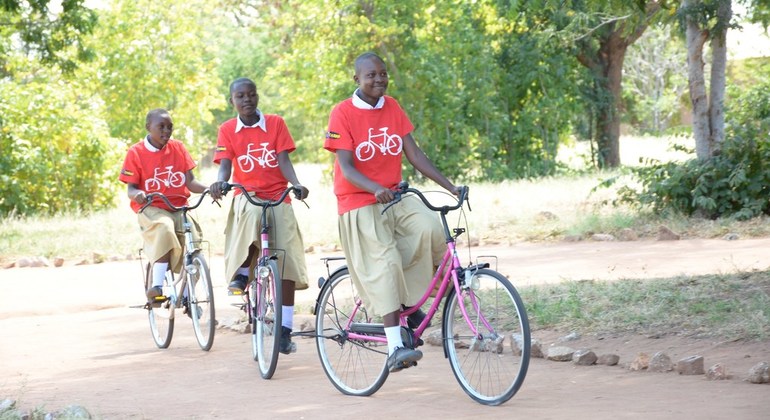Taking to two wheels fosters “sustainable consumption and production”, and has a “positive impact on climate”, according to the UN.
Moreover, biking enhances access to education, health care and sport; and the synergy between the bicycle and the cyclist raises a more intimate and immediate awareness of the local environment.
According to the UN Environment Programme, even though the benefits of investing in pedestrians and cyclists can “save lives, help protect the environment and support poverty reduction”, the mobility needs of people who walk and cycle, mostly urban dwellers, “continue to be overlooked”.
“The price paid for mobility is too high, especially because proven, low-cost and achievable solutions exist”, underscores UNEP’s Share the Road Programme Annual Report 2018. “No-one should die walking or cycling to work or school”.
The Programme continues to advocate for action, working with countries around the world to prioritize the needs of pedestrians and cyclists – a critical part of the mobility solution for helping cities break the link between population growth and increased emissions, and to improve air quality and road safety.
According to the World Health Organization (WHO), safe infrastructure for walking and cycling is also a pathway to greater health equity for the poorest urban dwellers, by providing transport “while reducing the risk of heart disease, stroke, certain cancers, diabetes, and even death”.
A ‘crucial contribution’
UN Headquarters in New York marked the day with a special outdoor event, which General Assembly President María Fernanda Espinosa observed comes “at a crucial time” as there are only 11 years left “to avoid the worst impacts of climate change”.


